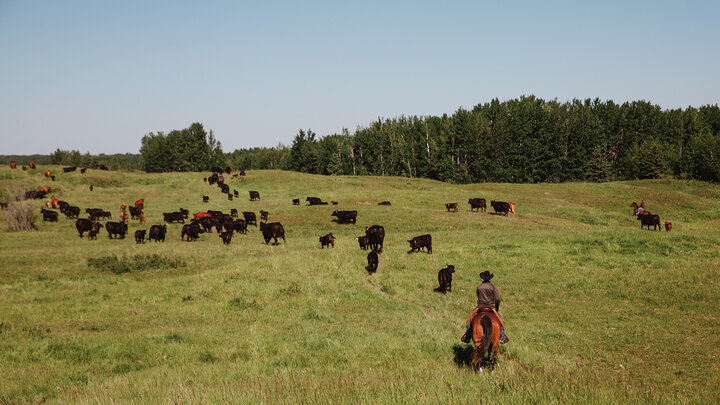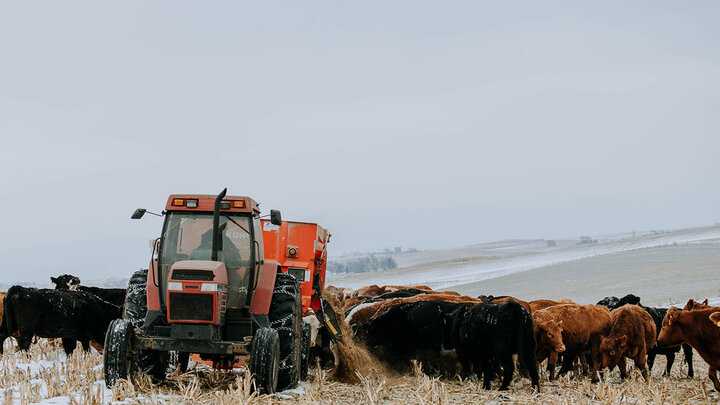This Policy Report column was first published by Nebraska Farmer on April 22, 2025, and is excerpted here with permission.
Times have been good for beef producers recently, with high prices amid lower supplies and sustained consumer demand.
The outlook ahead is less clear with questions on the supply side over herd rebuilding, questions on the demand side with trade conflicts, and questions on the production side with uncertainty over regulations and policy directions.
With the market and policy questions ahead, it is critical to stay informed on the issues and engage in the policy process when appropriate. While producers and producer organizations focus on policy issues, a cohort of students at the University of Nebraska-Lincoln is also focusing on policy issues as part of the Krutsinger Beef Industry Scholars program in UNL’s College of Agricultural Sciences and Natural Resources.
The KBIS program’s 16th class of scholars traveled to the 2025 Cattle Industry Convention in February to observe and participate in policy discussions, and then came back to campus ready to analyze and discuss key policy issues as part of their final semester in the program. The list of issues the scholars are working on reads like a priority list for the beef industry.
Risk management
While cattle prices have been strong, producers face substantial uncertainty and have increasingly looked to manage their risk with federally supported insurance tools.
While crop producers have utilized federal crop insurance products for decades, livestock producers are relatively new to the game with the development of several insurance tools over the past 20-plus years, including Livestock Risk Protection for output price risk management and Pasture, Range, and Forage protection to cover forage losses due to lower-than-expected precipitation.
The LRP policy covers downside price risk in much the same way a put option does on the Chicago Mercantile Exchange, setting a minimum price for the cost of a premium. The LRP policy offers several advantages over a traditional put option in that producers can work with their insurance agent to put coverage in place for the specific quantity, weight class and sex of cattle they are producing, instead of having to hedge on the futures market with standardized contract terms.
The LRP policy also allows producers to pay the premium at the end of the insurance period instead of at the time of purchase, and most significantly allows producers to purchase the coverage at a subsidized premium cost supported by the federal government.
While producers can purchase LRP from an insurance agent at a subsidized price to establish downside price protection, it is also possible for the producer to sell a put option in the futures market at the same time and essentially offset the same downside price risk protection.
Buying an LRP policy at a subsidized price and simultaneously selling a put option at the market price essentially cancels out the price protection, but nets the producer the value of the subsidy, a practice that has become known as subsidy harvesting.
While the two transactions may technically be separate decisions, the practice compromises the intent of the federally supported insurance program and is discouraged in formal program guidance.
Animal health and traceability
Animal health and traceability are not new issues, but recent concerns about animal disease and continuing debates over traceability have brought the issues to the forefront again.
The national animal identification plan proposed more than 20 years ago to track all cattle, premises and movements of cattle never came to pass amid various concerns over cost, feasibility and privacy.
Continue reading full column via Nebraska Farmer ...
Listen: Nebraska FARMcast
Brad Lubben and Elliott Dennis discuss how UNL's Krutsinger Beef Industry Scholar's program offers students a look into current events and important issues facing beef producers.




